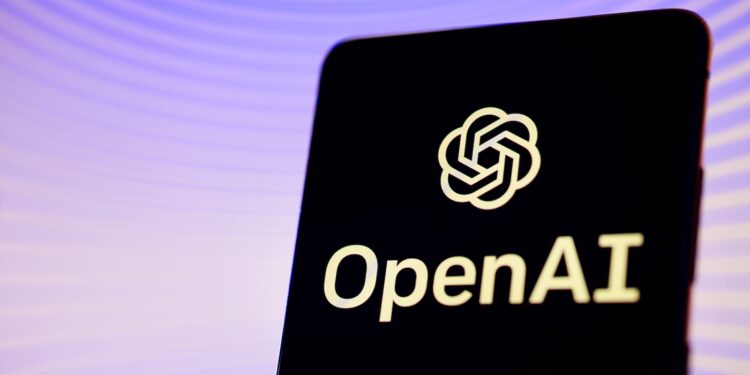OpenAI no longer wants to just deliver software. Together with renowned designer Jony Ive, the company is working on its own hardware device that will make artificial intelligence a physical experience. According to renowned Apple analyst Ming-Chi Kuo, the project is already far enough along to publish basic specifications. The partnership aims to bring AI from the cloud into everyday life – tangible, wearable, and always available.
The development of intelligent hardware is seen in the industry as the next logical step in AI development. Software alone is no longer sufficient to realize the full potential of artificial intelligence. The combination of AI and physical presence—also known as "physical AI"—is increasingly seen as groundbreaking. With this collaboration, OpenAI is deliberately positioning itself against large platform providers like Google, which heavily integrate AI into their existing software ecosystems. With its own device, OpenAI aims to operate more independently—both technically and strategically.
The current status of the project
According to Ming-Chi Kuo, the prototype of the AI device is already in development. The device is currently slightly larger than the Humane AI Pin, but still compact. Its shape is reminiscent of the iPod Shuffle – small, portable, and reduced to the essentials. A key feature is that the device does not have a display. Instead, it contains cameras and microphones responsible for detecting the environment. The device is expected to be worn around the neck and thus always ready for use. A special feature is the planned connectivity: The device will be able to be paired with smartphones and PCs. It will utilize their computing power and display functions instead of taking over everything itself. This keeps the hardware compact and flexible without sacrificing modern applications.
Production and location strategy
An important aspect is the planned production location. Mass production is scheduled to begin in 2027, but deliberately not in China. To minimize geopolitical risks, manufacturing will likely take place in Vietnam. OpenAI aims to secure its supply chains and become less dependent on international tensions. This decision is strategically important, especially in times of increasing uncertainty surrounding the Sino-American technology competition.
Timing of announcement and strategic context
The announcement of the collaboration with Jony Ive comes right after Google I/O – and that's no coincidence. Google presented new features there that deeply integrate AI into Android and other products. With its hardware initiative, OpenAI is sending a deliberate counter-signal: not just playing along, but shaping the market with its own ideas. The fact that Jony Ive is involved is no PR stunt. Ive stands for products that are well-thought-out, user-centric, and beautifully designed. His involvement suggests that the new device is intended to set new standards not only in terms of functionality, but also in terms of design. The goal: user-friendly, unobtrusive AI that fits into everyday life.
Physical AI instead of app – OpenAI's new direction
OpenAI is entering the hardware market – together with Jony Ive and with a clear strategy. The device isn't yet ready for market, but the direction is clear: AI is meant to be tangible, as a daily companion, not as an app on a screen. Whether the device will reach the mass market remains to be seen. But it shows that OpenAI is taking the next step – out of the cloud and into the physical world. Looking for new accessories? Discover our Amazon Storefront now ! There you'll find a variety of products from top brands, ideal for HomeKit and more! (Image: Shutterstock / TY Lim)
- Jony Ive develops a new AI device with OpenAI
- Apple uses first-person perspective to train robots
- Foxconn: AI and robotics take over the assembly lines
- How stolen iPhones are smuggled to China worldwide





